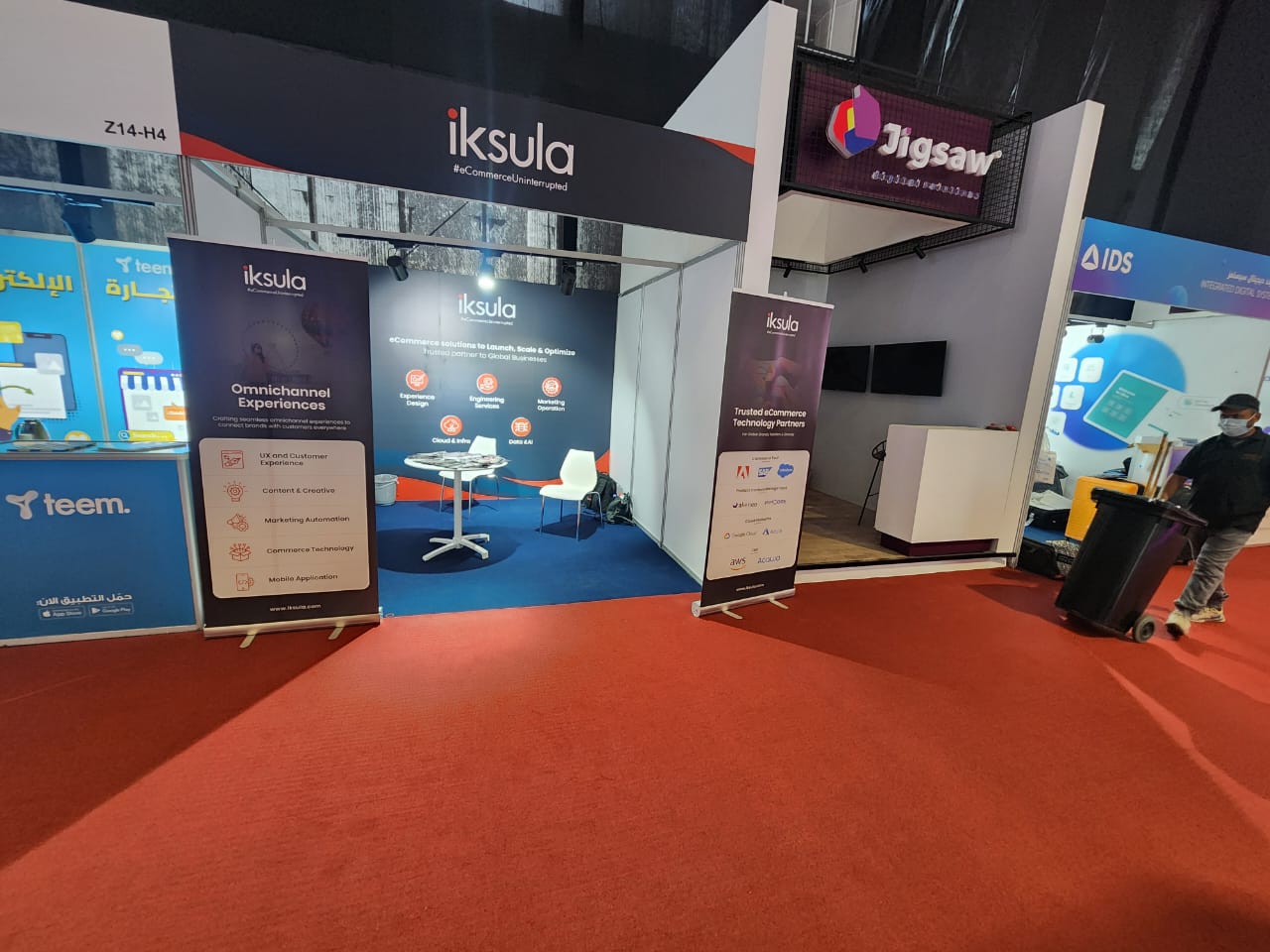Carnegie Mellon University created the Mach architecture software design pattern in the 1980s. The server and microkernel layers are two different layers that make up the operating system, which is based on microkernel technology. The central processing unit of the operating system, or microkernel, is responsible for low-level operations like memory management, task scheduling, and interprocess communication.High-level operating system services like device drivers, file systems, and network protocols are found in the server layer. This division makes the operating system versatile, extendable, and simple to modify.
This design pattern has become increasingly popular and uses various software development projects. This blog will define Mach architecture and explore key concepts, including microservices, agile development, scalability, API first approach, headless commerce, headless architecture, and decoupled architectures.
What is the function of Mach Architecture?
Mach architecture creates a flexible operating system that can work on various hardware platforms. It accomplishes this by abstracting the hardware through the microkernel layer and providing a uniform interface to the server layer. It can easily port the server layer to different hardware platforms without changing the operating system’s core.
Microservices
Microservices are an architectural approach that structures software applications as a collection of loosely coupled services. Each service is self-contained and implements a specific business capability. Microservices communicate using APIs and deploy independently of each other.
Mach architecture is well-suited for implementing microservices because of its modular design. Each server in the server layer can be considered a microservice that implements a specific system function. The microkernel layer provides interprocess communication mechanisms that allow the microservices to communicate with each other.
Agile Development
Agile development is an iterative and incremental approach to software development that emphasizes flexibility, collaboration, and customer satisfaction. Agile development involves breaking down the software development process into small, manageable pieces called sprints.
Mach architecture is well-suited for agile development because of its modular design. Each server in the server layer is independent of the other, allowing for parallel development of multiple system functions. The microkernel layer provides a uniform interface to the server layer, allowing for easy integration of new servers.
Scalability
Scalability is the ability of a software system to handle increased load or traffic without slowing down or crashing. Mach architecture is well-suited for scalability because of its modular design. Each server in the server layer can be scaled independently of the other, allowing for horizontal scaling of the system. Additionally, the microkernel layer provides interprocess communication mechanisms that will enable distributed computing and load balancing.
API First Approach
An API-first approach is a software design approach that prioritizes the development of APIs before developing the user interface. This approach ensures that the software system clearly separates concerns between the backend and frontend components.
Mach architecture is well-suited for an API-first approach because of its modular design. Each server in the server layer can be considered an API that provides a specific system function. The microkernel layer provides interprocess communication mechanisms that allow the APIs to communicate with each other. It allows for the development of a flexible and extensible API ecosystem.
Headless Commerce
Headless commerce is an architectural approach to building eCommerce platforms that decouples the frontend and backend components of the system. This approach allows for greater flexibility and customization of the user interface while maintaining the functionality of the backend system.
With headless commerce, businesses can create unique and dynamic front-end experiences tailored to their specific brand and audience. They can use the latest technologies and design trends to create an engaging and intuitive user interface. At the same time, they can maintain the core commerce functionality and data management capabilities of their existing back-end platform.
Headless Architecture
Headless architecture is a broader term that refers to the separation of the front end and back end of any software application. It can include eCommerce platforms, content management systems, or any other application where the presentation layer separates from the underlying functionality.
In a headless architecture, the front end can consume data from the back end through APIs. It allows for more flexibility and scalability, as businesses can easily add new front-end channels without worrying about compatibility issues with their existing back-end platform.
Decoupled Architectures
Decoupled architectures take the concept of headless architecture a step further by separating the back end into discrete services to deploy it independently. This approach allows businesses to build complex applications with a modular architecture, where you can optimize each service for a specific task.
For example, a decoupled eCommerce platform might have separate product management, inventory management, order processing, and payment processing services. Each service can be scaled independently based on demand, allowing for a more efficient and cost-effective architecture.
The Benefits of Headless and Decoupled Architectures
There are several benefits to adopting headless and decoupled architectures for eCommerce platforms and other software applications. Here are some of the most significant:
- Flexibility: Headless and decoupled architectures allow businesses to create unique front-end experiences tailored to their brand and audience.
- Scalability: Separating the front end from the back end allows for more efficient scaling of each component, making handling spikes in traffic and user demand easier.
- Agility: With a modular architecture, businesses can easily add new services or features to their platform without worrying about compatibility issues with existing components.
- Improved Performance: Decoupled architectures can help improve application performance by optimizing each service for its specific task.
- Reduced Costs: By separating the front and back end, businesses can reduce development costs and speed up time-to-market for new features.
Conclusion
In conclusion, Mach architecture has played a significant role in developing modern operating systems. Its design, which emphasizes modularity, flexibility, and portability, has influenced the development of many operating systems, including macOS, iOS, and GNU Hurd. Mach’s microkernel design separates the kernel’s functions into a small core and a set of user-level servers and offers several advantages, including improved security, fault isolation, and extensibility. However, Mach’s performance is weak due to the interprocess communication overhead between the kernel and servers. Despite this, Mach remains a valuable and influential piece of technology, with its design concepts and principles continuing to inspire new research and innovation in operating system design.









































